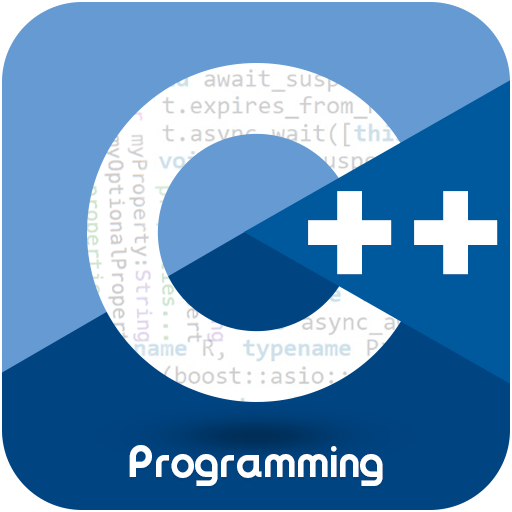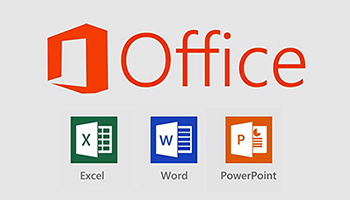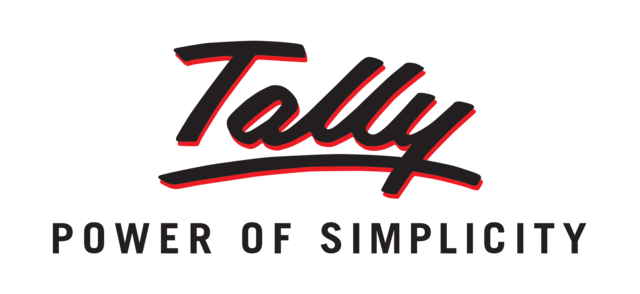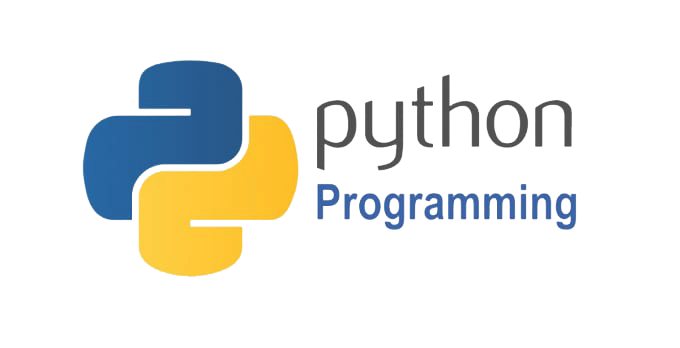
Java
Java is a high-level, object-oriented programming language that was developed by James Gosling and his team at Sun Microsystems (now owned by Oracle Corporation) in the mid-1990s. It is one of the most popular programming languages in use today and is commonly used to develop a wide range of applications, including mobile apps, web applications, enterprise software, and more.
One of the key features of Java is that it is platform-independent, which means that Java code can run on any computer or device that has a Java Virtual Machine (JVM) installed. This makes Java an ideal choice for developing cross-platform applications.
The syllabus for a typical Java programming course may include the following topics:
- Introduction to Java programming: History of Java programming, features of Java programming, setting up the development environment.
- Data types, variables, and operators: Data types, variables, arithmetic operators, relational operators, logical operators, assignment operators, and type casting.
- Control structures: if-else statements, switch statements, loops (while, do-while, for), and break and continue statements.
- Arrays: Declaring arrays, accessing array elements, and array manipulation.
- Functions and methods: Defining methods, method arguments, return values, method overloading, and recursive methods.
- Object-oriented programming: Classes, objects, encapsulation, inheritance, polymorphism, and abstract classes and interfaces.
- Exception handling: Handling runtime errors and exceptions.
- File handling: Reading and writing files, and manipulating files.
- GUI programming: Creating a graphical user interface using Swing or JavaFX.
- Multithreading: Creating and managing threads, synchronization, and inter-thread communication.
- Networking: Socket programming, client-server architecture, and HTTP.
- JDBC: Database connectivity using JDBC, executing SQL queries, and handling exceptions.







